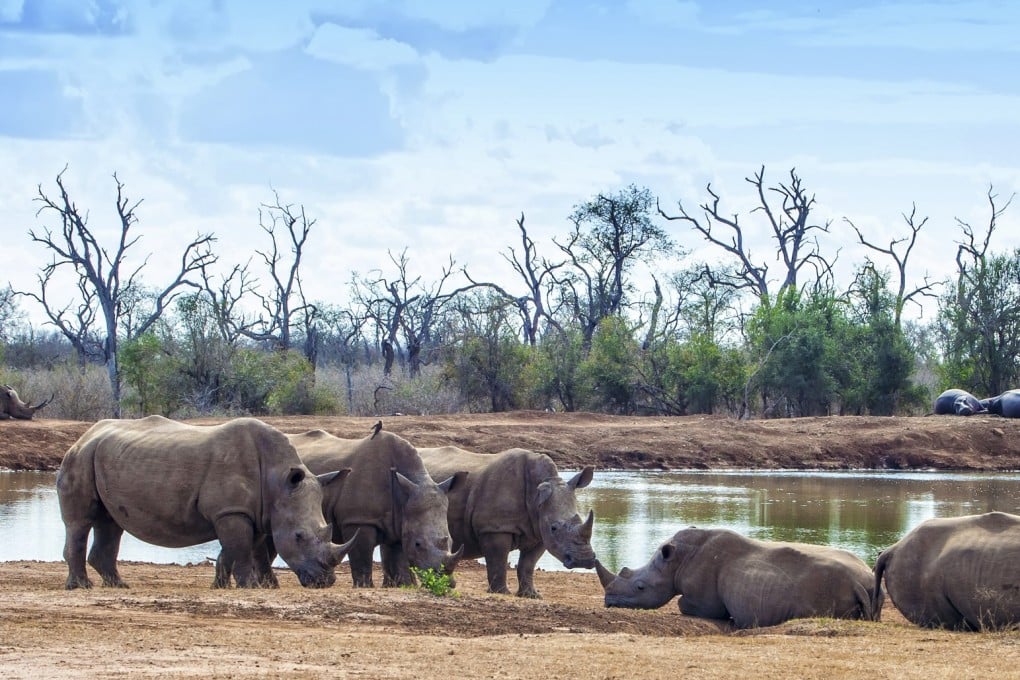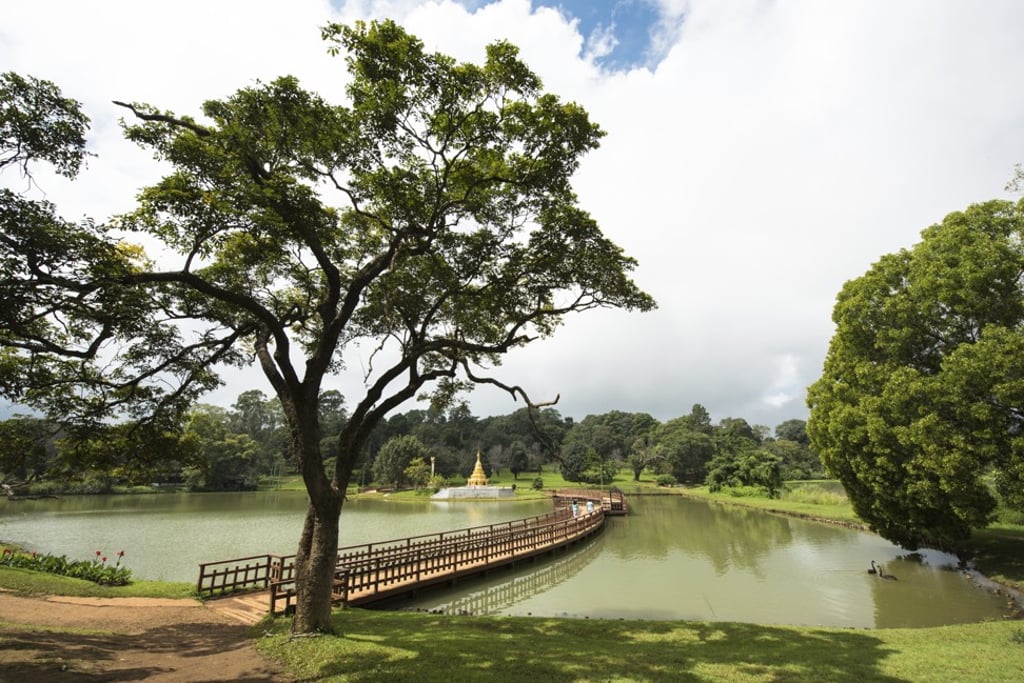From Czechia to Sri Lanka: 7 countries that changed their names, when and why
- Swaziland changed its name to eSwatini to stop it being confused with Switzerland. No, really
- Some rebrands were driven by politics, others by pride, while some were about asserting a nation’s new-found independence

Countries change their names for a variety of reasons. Sometimes it’s for political purposes or to encourage a sense of national pride. The switch might be motivated by marketing considerations and occasionally it’s the result of a royal decree. A rebranding exercise also provides a clean start after independence – the decolonisation of Africa led to a flurry of name changes: Bechuanaland became Botswana, Nyasaland was renamed Malawi, Gold Coast converted to Ghana and the country formally known as Upper Volta emerged as Burkina Faso.
Here are seven other nations that have tinkered with their titles.
eSwatini
Visit: game parks are big business in tiny eSwatini. Hlane Royal National Park is home to lions, elephants, giraffes, zebras and hippos, and recognised for its record on rhino conservation. Mountain biking, horse riding, white-water rafting and hiking in the highlands are all popular pursuits. In fact, you could almost be in, er, Switzerland.

